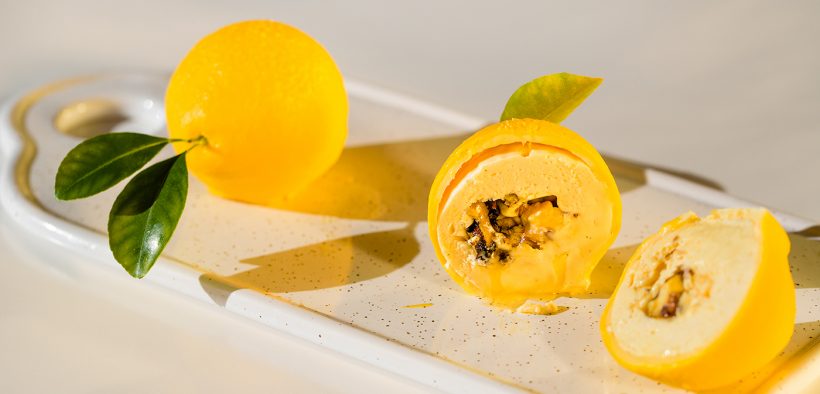Chocolate and why tempering is important!
Share

Chocolate is perhaps the most complex ingredient used inside the confectionery! A chocolatier / confectioner every time he works with chocolate must temper it! Everything revolves around the crystallization process of cocoa butter molecules. These crystals cannot be seen with the naked eye!
Working with chocolate is something magical, it means understanding all the processes that take place inside it, learning, mastering and acquiring skills in working with this unique ingredient, the fact that the final product depends on all of these, and distractions lead to inferior quality products!
Chocolate is a continuous way to learn and keep yourself on your toes!
Chocolate tempering
Cocoa butter is the natural fat found in cocoa beans and due to it must be tempered with chocolate before being used. Practically, tempering means playing with heating, cooling and heating until the job is done.
We can resemble the tempered chocolate with a diamond that has shine (gloss) being hard, strong and stable, but also beautiful, appetizing at the same time. If you break a piece of chocolate in your hand you will hear a pleasant sound as if something were about to burst!
About Polymorphism I learned on chemistry, for the ones who still remember 🙂 it is the ability of certain substances to crystallize in different forms. The simplest example is carbon that can exist in the form of graphite, diamonds, etc. Thus crystallization determines new forms and different properties! Just like carbon, cocoa butter can crystallize into many forms and so it is imperative to temper the chocolate before using it! We need to remove the diamond from the surface. Cocoa butter can crystallize in 6 forms, the form that interests us is called V.
Tempering means:
- Melting all crystals of cocoa butter
- Chocolate cooling through continuous movements (stable and unstable crystal forms are formed)
- Reheating the chocolate to melt the unstable forms and to allow the stable ones to be preserved
- Keeping the chocolate under the appropriate temperature during use
The most important factors are:
- Time (the faster the chocolate is brought from the melting point to the crystallization point, the brighter the gloss and the sound when you break it).
- Temperature (must be observed depending on the type of chocolate, if not, the final product is of lower quality).
- Movement (leads to crystallization of those cocoa butter molecules that concern us; not immediately as we start to mix / shake the crystals appear, they take time; for example, milk chocolate and white chocolate crystallize harder than the black one).
I am a fan of dark chocolate, so I present you schematically what tempering means in this case:
- Melt black chocolate up to 45-50 degrees Celsius (thus all types of crystals of cocoa butter are melted; if we melt under a lower temperature, there remain crystals unmelted in chocolate which lead to increased viscosity).
- Chocolate cooling (under 34 degrees, the crystals targeted do not appear yet)
- Continue cooling until 27 degrees Celsius (type IV and V crystals appear)
- Heating up to 32 degrees (allows stabilization of type V crystals and melting of type IV … .. thus we keep only what interests us)
One tip: each type of chocolate has its own crystallization chart! So… .throw an eye on the chocolate bag because the crystallization curve is mentioned !!!
Let’s be sweet and enjoy chocolate for a while!!!
